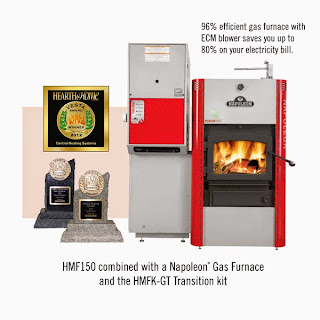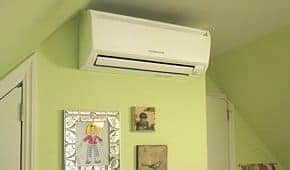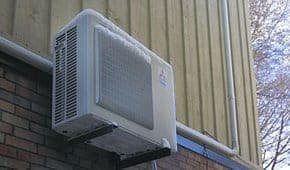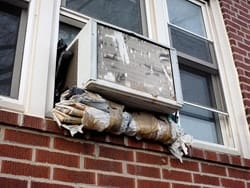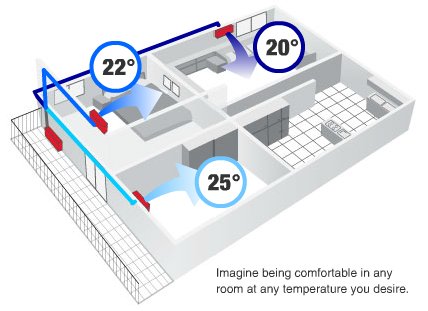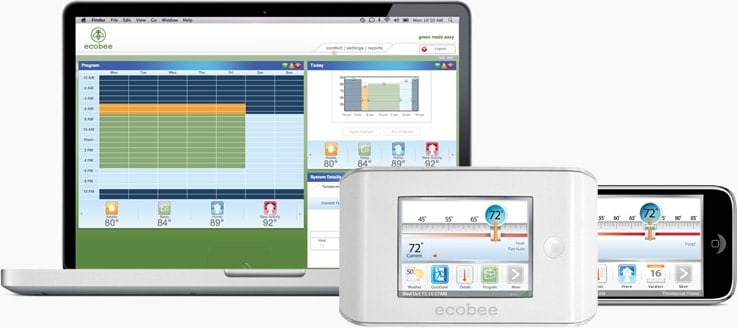Most homeowners would not realize that basement floor drains are critical for their heating and cooling equipment. They are also there to protect your investment if unexpected water enters into your basement.
Modern furnaces and air conditioners all have condensate drain lines. They require a properly operating floor drain to take away this moisture. You can hear water dripping from your air conditioner when it’s running. Many people do not realize that modern high efficiency furnaces also have condensate lines producing moisture during the heating season. Modern by-pass style furnace humidifiers also have a drain line that goes into your floor drain. These units can run quite a bit of water into the drain when they are operating.
A slow running floor drain in the basement is more than a nuisance. If you have a pipe break, or a washing machine hose burst, you’ll need a floor drain that gets rid of all the water quickly. This will give you time to correct the problem without a lot of damage to your basement.
Floor drains can block up for any number of reasons. It could just be accumulated sediments. It could be tree roots. The drain line may have even broken open and be blocked by soil.
Professional plumbing contractors now use video equipment to diagnose floor drain problems. A small video camera is pushed through the drain line with a flexible cable that connects to a monitor. The unit has a light, so that the camera can get a good view of obstructions. The operator can see exactly what is blocking the line. He can even download copies of images and video that the homeowner can view on their home computer.
If the line is blocked by sediment or tree roots, specialty augers can be employed to clear the line quickly. These augers have a cutting blade at their head. The operator can adjust the speed that the auger runs at, depending on what has to be cleared in the line.
If the drain line or sewer is broken, it normally needs to be dug out to repair it. The video equipment also can be equipped with a locator feature. This way, the contractor knows exactly where to dig. This saves the homeowner time and money. It also minimizes disruption to the property.
Homeowners also should be aware of unusual smells coming from basement drains. This can be caused by a leaking trap, blocked lines or improper venting of your plumbing.
A simple solution can be to pour some water into the floor drain. The trap is designed to keep smells coming back into the home. If the drain is dry, there is nothing to block odors from the line. Normally if you look into the floor drain with a flashlight, you’ll always see some water. If the water all runs away, you may have a leak in the trap.
A previous owner of your house may have done some D.I.Y. plumbing or hired an unlicensed handyman. This is often the reason that professional plumbers find improper venting. If you have a sink or tub that always drains slowly or makes a lot of noise when draining, this could be the cause.
The Hayter Group has the industry’s best video inspection equipment and augers for clearing obstructed drain pipes or sewer lines. Video inspection equipment enables us to diagnose the problem quickly. Once the problem is properly diagnosed, we have the equipment to clear lines quickly and efficiently. In the end, dealing with properly equipped licensed tradesmen will save you money. The job is done as quickly as possible and it’s done correctly.
The Hayter Group provides drain and sewer video inspections in Kent County, Western Middlesex County, Western Elgin County and Lambton County from our locations in Alvinston, Ontario and Chatham, Ontario. Call us anytime for emergency plumbing service.

Chad Hayter












